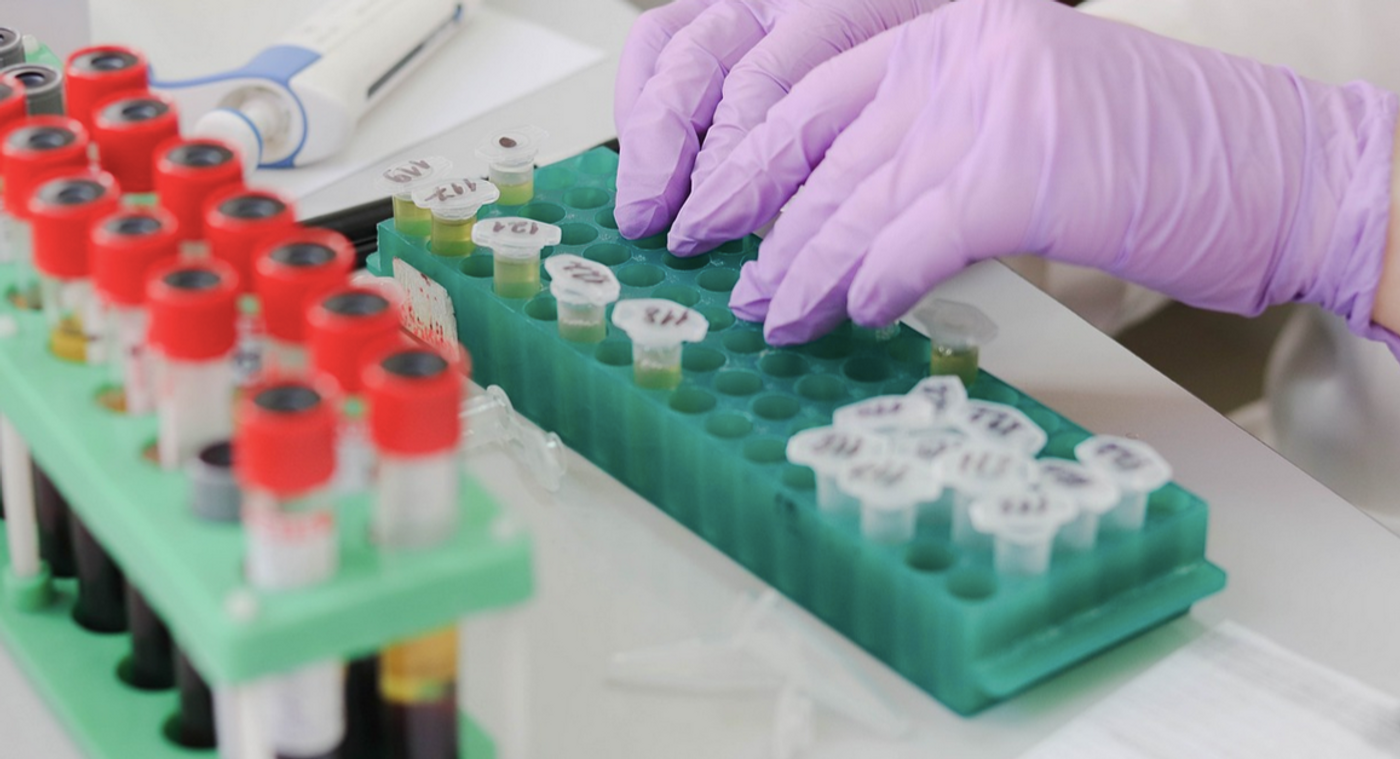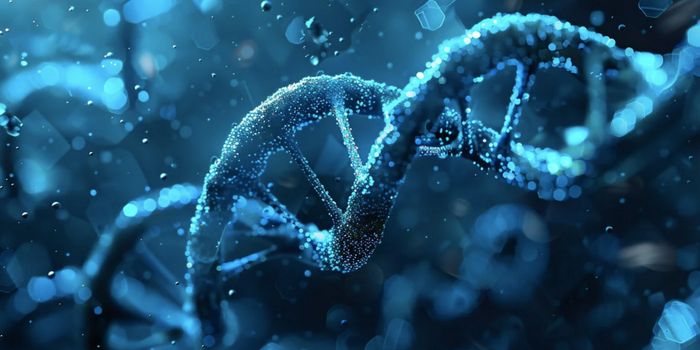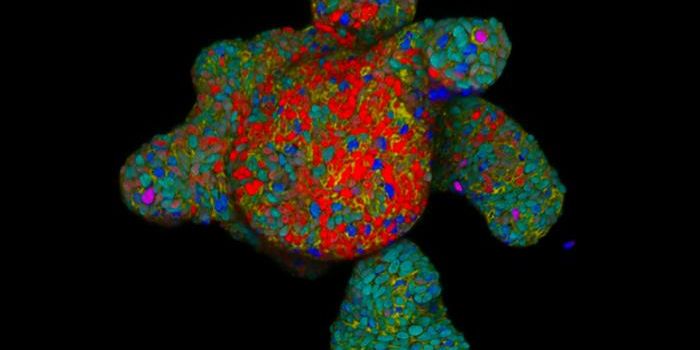Advances in Spinal Muscular Atrophy Present Potential Treatment Options
Spinal muscular atrophy (SMA) is a leading cause of infant mortality. Most cases of the disease are caused by mutations in a gene called SMN1 that reduce the production of functional SMN protein, which leads to the degeneration and death of neurons. In one study, researchers have made major advances in our understanding of the disease that could translate to a new therapy. In another report, scientists developed a potential treatment that successfully treated a mouse model of the disease.
In the mouse model, scientists performed base editing, a type of genetic engineering in which a change is made to only one nucleotide base of a gene in DNA. In this approach, the SMN2 gene was targeted because it encodes for the partial production of the SMN protein; the edit releases a control mechanism, causing the SMN2 gene to produce more SMN.
In the mouse model, the base editing approach led to higher levels of SMN, which stopped neurodegeneration. Base editing was also able to improve symptoms when some neurodegeneration had already taken place by stimulating regeneration and the restoration of some motor function. When gene editing was used in this mouse model, their lifespan was lengthened from 17 to over 100 days. The work was reported in Science.
Another study investigating SMA has been reported in Neuron. This research showed that a lack of SMN disrupts another protein called Hspa8, which is involved in a crucial signaling connection between motor neurons and muscles. The disruption in Hspa8 impedes the communication between neurons and muscles, the muscles are then unable to contract, and they start wasting away.
The researchers found that some mice modeling this condition did not have as severe a case of SMA as other mice. They determined that these stronger, less affected mice carried a certain Hspa8 gene variant that was not influenced by the deficiency in SMN.
The investigators were also able to convert Hspa8 to the unaffected variant in a mouse model of SMA, which lengthened the lifespan of the mice from ten to about 300 days, and improved neuromuscular function.
While these studies have to be replicated and checked for safety before they can be used in humans, they may soon offer SMA patients new treatment options. Base editing has not yet been used in humans, but it also has the potential to treat other diseases and research groups are pursuing the translation of this technology to the clinic. It may be possible to use a viral vector to deliver the HSPA8 variant to patients, or a small molecule that converts the normal version of the gene to the therapeutic one, the researchers suggested.
Sources: Science, Columbia University Irving Medical Center, Neuron









